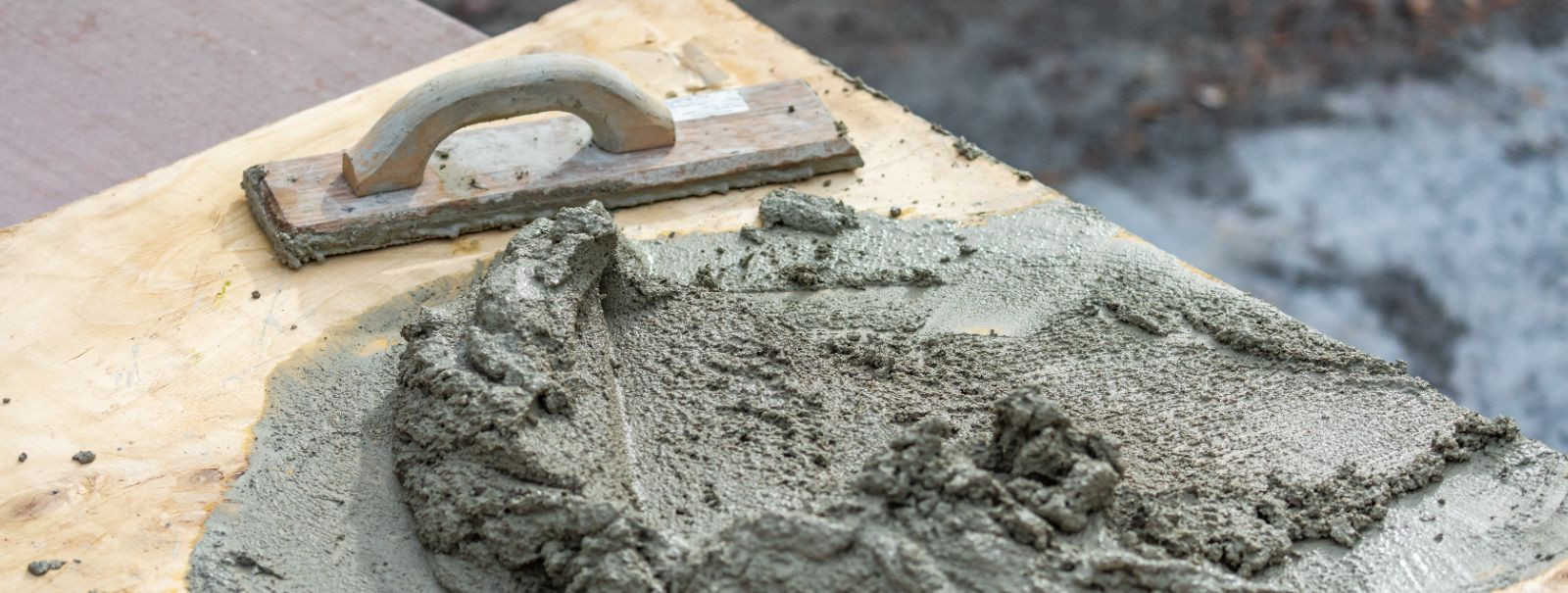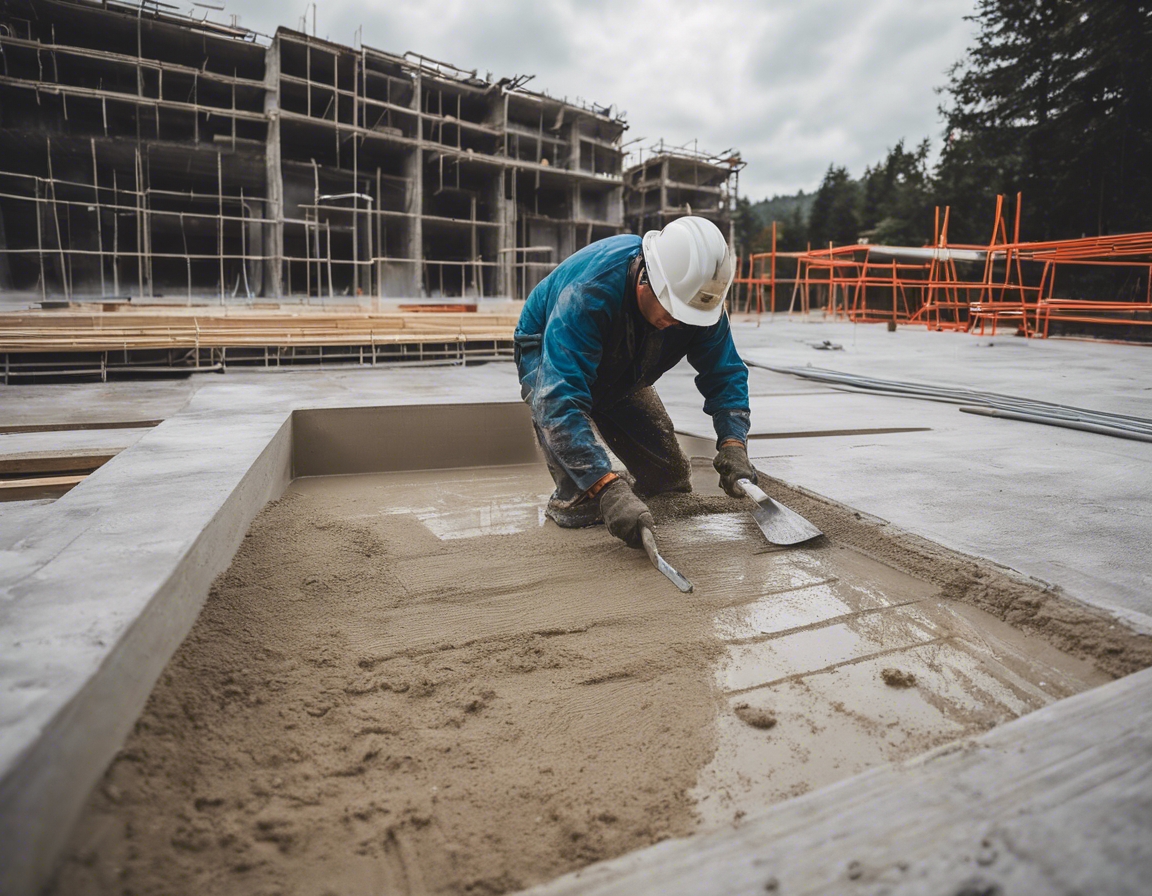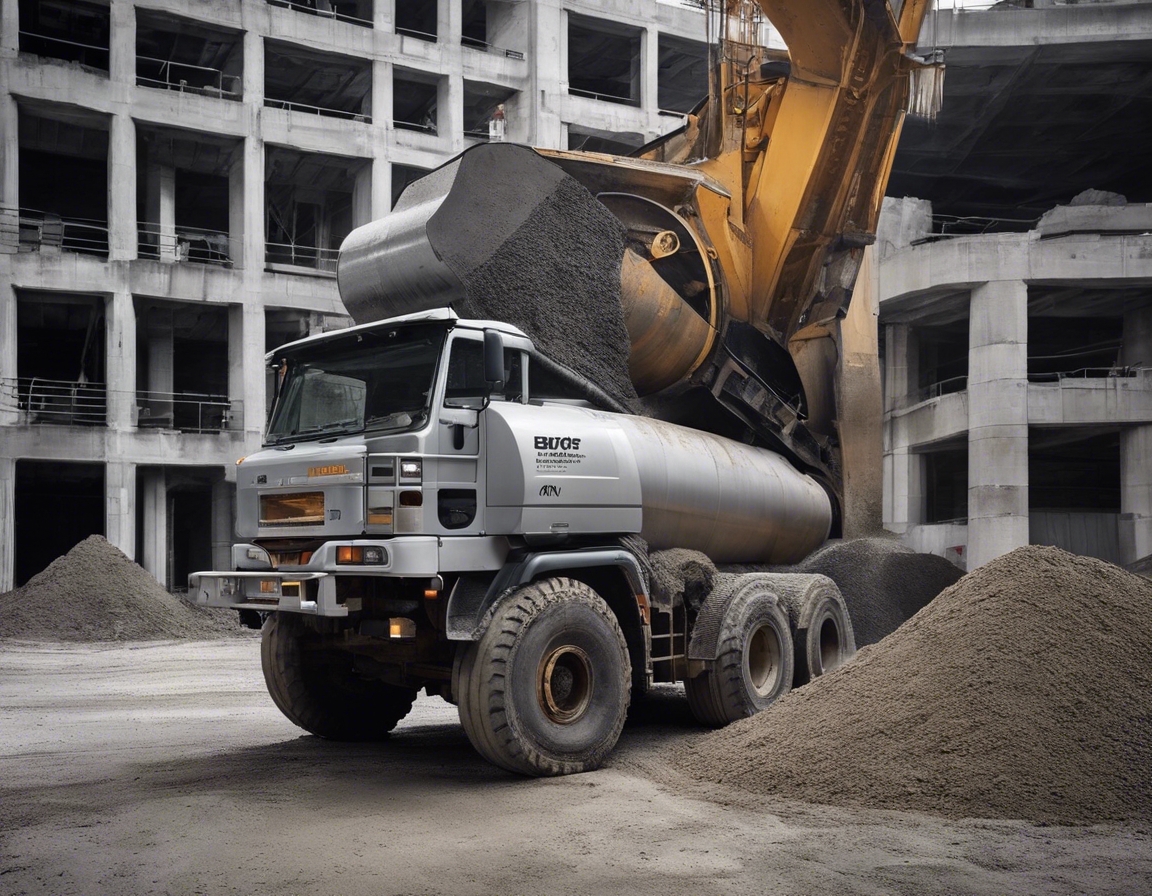5 trends shaping the future of concrete construction
The construction industry is on the cusp of a new era, with innovative trends transforming the way we think about and use concrete. As a foundational material in construction, concrete is essential for its strength, durability, and versatility. However, the future of concrete construction is not just about maintaining these qualities; it's about enhancing them while also addressing the challenges of sustainability, efficiency, and technological integration. In this blog post, we will explore five key trends that are shaping the future of concrete construction.
1. Eco-Friendly Concrete Mixes
Green concrete is a revolutionary approach to traditional concrete mixes, incorporating recycled materials such as fly ash, slag, and recycled aggregates. This not only reduces the environmental impact of concrete production but also promotes a circular economy within the construction industry.
Concrete producers are increasingly focusing on carbon capture and utilization (CCU) technologies to reduce the carbon footprint of concrete. By capturing carbon dioxide emissions during production and incorporating them into concrete, the industry is making strides towards more sustainable construction practices.
2. Advanced Formwork Technology
Self-climbing formwork systems are revolutionizing high-rise construction by allowing formwork to climb along the building structure without the need for cranes. This not only improves safety but also accelerates construction schedules.
Fabric formwork is an innovative technique that uses flexible, lightweight fabrics instead of traditional rigid molds. This allows for the creation of unique, organic shapes in concrete, opening up new possibilities for architectural design.
3. Digitalization and Automation
Building Information Modeling (BIM) is becoming an integral part of the construction process, enabling better collaboration, visualization, and planning. BIM helps in creating more accurate and detailed concrete structures, reducing waste and improving efficiency.
The integration of robotics and 3D printing in concrete construction is paving the way for automated and precise fabrication of complex structures. This technology not only speeds up the construction process but also allows for greater design flexibility.
4. High-Performance Concrete
Ultra-High Performance Concrete (UHPC) is a game-changer in the industry, offering exceptional strength and durability. Its superior properties enable the construction of thinner, lighter structures with a longer lifespan.
Smart concrete is embedded with sensors that can monitor the health of a structure, detect stress, and even self-heal minor cracks. This innovation is set to significantly enhance the maintenance and longevity of concrete structures.
5. Modular and Prefabricated Concrete
Modular construction is gaining popularity for its ability to reduce construction time and waste. By fabricating concrete elements off-site and assembling them on-site, projects can achieve higher quality control and efficiency.
Prefabrication is not only about efficiency; it also plays a crucial role in sustainability. By minimizing on-site work and optimizing material usage, prefabricated concrete contributes to a more sustainable construction process.






Comments (0)